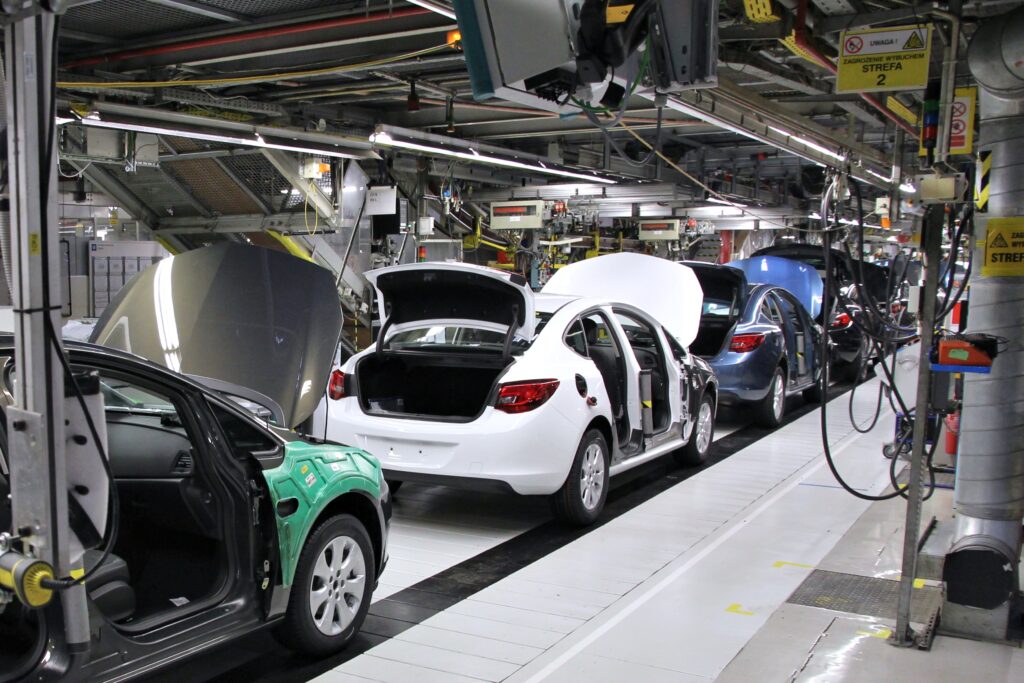
Vehicle Electrification
As we enter 2025, vehicle electrification is at the forefront of the automotive industry, reshaping how we think about transportation. With increasing concerns about climate change and fossil fuel dependency, manufacturers are investing heavily in electric vehicles (EVs) and hybrid technologies. This article explores the current state of vehicle electrification, its benefits, and the trends shaping its future.
The Importance of Vehicle Electrification
Vehicle electrification plays a critical role in reducing greenhouse gas emissions, improving energy efficiency, and promoting sustainable transportation. Key benefits include:
- Reduced Emissions: Electric vehicles produce zero tailpipe emissions, significantly lowering air pollution levels, especially in urban areas.
- Energy Efficiency: Electric drivetrains convert a higher percentage of energy from the grid to power at the wheels compared to traditional internal combustion engines (ICE), leading to better energy utilization.
- Lower Operating Costs: EVs generally have lower maintenance and fueling costs compared to gasoline or diesel vehicles, making them more economical over their lifespan.
Types of Electrified Vehicles
In 2025, several types of electrified vehicles are gaining popularity, each offering unique advantages:
- Battery Electric Vehicles (BEVs): Fully electric vehicles powered solely by batteries, providing zero emissions and quiet operation. Examples include the Tesla Model 3 and the Nissan Leaf.
- Plug-in Hybrid Electric Vehicles (PHEVs): These vehicles combine an internal combustion engine with an electric motor and can be charged from an external power source. They offer flexibility and extended range. Examples include the Toyota Prius Prime and the Ford Escape PHEV.
- Hybrid Electric Vehicles (HEVs): These vehicles use both an internal combustion engine and an electric motor, but cannot be charged from an external source. They improve fuel efficiency without requiring plug-in capability. Examples include the Honda Accord Hybrid.
- Fuel Cell Electric Vehicles (FCEVs): Powered by hydrogen fuel cells, these vehicles emit only water vapor, providing a zero-emission alternative. Examples include the Toyota Mirai and the Hyundai Nexo.
Innovations in Vehicle Electrification
The electrification of vehicles is being driven by significant technological advancements in 2025:
- Battery Technology Improvements: Innovations in battery chemistry, such as solid-state batteries, are enhancing energy density, reducing charging times, and increasing overall vehicle range.
- Charging Infrastructure Expansion: The growth of fast-charging networks is making EVs more convenient for consumers, allowing for quicker recharging and longer trips.
- Regenerative Braking Systems: These systems capture energy normally lost during braking and convert it back into usable power, improving overall efficiency.
- Vehicle-to-Grid (V2G) Technology: This technology allows EVs to return electricity to the grid, providing additional revenue streams for owners and helping balance energy demand.
Sustainability Initiatives
As the automotive industry embraces electrification, sustainability remains a top priority:
- Recyclable Materials: Manufacturers are increasingly using recyclable materials in EV production, reducing waste and environmental impact.
- Renewable Energy Sources: The integration of renewable energy sources, such as solar and wind, into charging infrastructure is promoting a cleaner energy ecosystem for EVs.
- Battery Recycling Programs: Initiatives for recycling EV batteries are being developed to recover valuable materials and reduce the environmental footprint of battery production.
Challenges Facing Vehicle Electrification
Despite the progress, several challenges remain:
- Charging Infrastructure: The availability of charging stations is still a concern, particularly in rural areas, which can hinder EV adoption.
- Range Anxiety: Many consumers worry about the range of electric vehicles and the availability of charging stations during long trips.
- Initial Costs: While operating costs are lower, the initial purchase price of EVs can be higher than traditional vehicles, which may deter some buyers.
- Battery Supply Chain Issues: The demand for batteries is rising, leading to concerns about sourcing raw materials like lithium and cobalt sustainably.
The Future of Vehicle Electrification
Looking ahead, several trends are expected to shape the future of vehicle electrification:
- Increased Government Support: Governments worldwide are implementing policies and incentives to encourage EV adoption, including tax credits, rebates, and investments in charging infrastructure.
- Advancements in Autonomous Driving: The convergence of electrification and autonomous driving technologies will create new opportunities for innovation in transportation.
- Focus on User Experience: Manufacturers will prioritize user-friendly interfaces and connectivity features to enhance the overall EV ownership experience.
In 2025, vehicle electrification is revolutionizing the automotive landscape, driving significant advancements in sustainability, performance, and technology. With ongoing innovations and a focus on addressing challenges, the future of vehicle electrification looks promising. As consumers increasingly embrace electric and hybrid vehicles, the automotive industry is poised to lead the way toward a cleaner, more sustainable transportation future.







